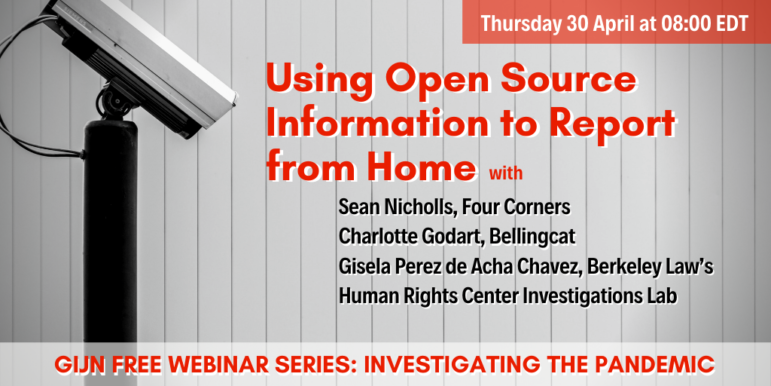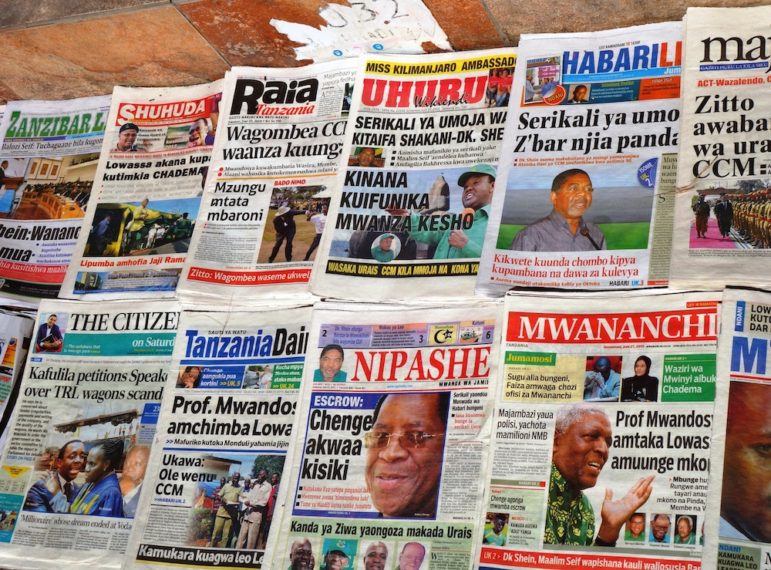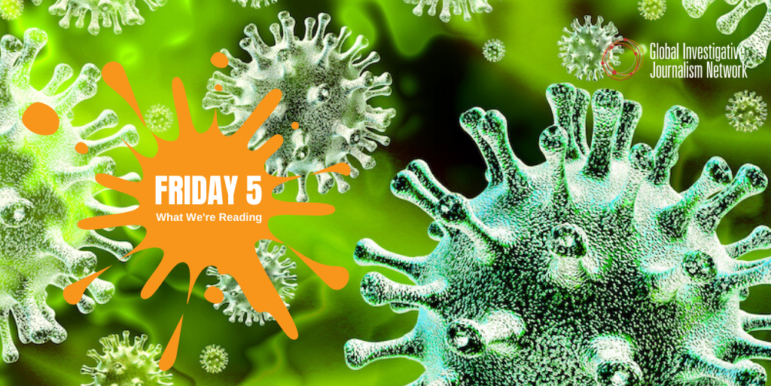
GIJN Webinar: Using Open Source Information to Report from Home
The COVID-19 pandemic brings yet another level of danger to the press: reporting on the ground and interviewing people face-to-face have become high-risk activities — even illegal in some countries. But there are ways to continue investigative work using your laptop, your wit and some very useful techniques — as three experienced investigators will highlight in this GIJN webinar, Using Open Source Information to Report from Home.








